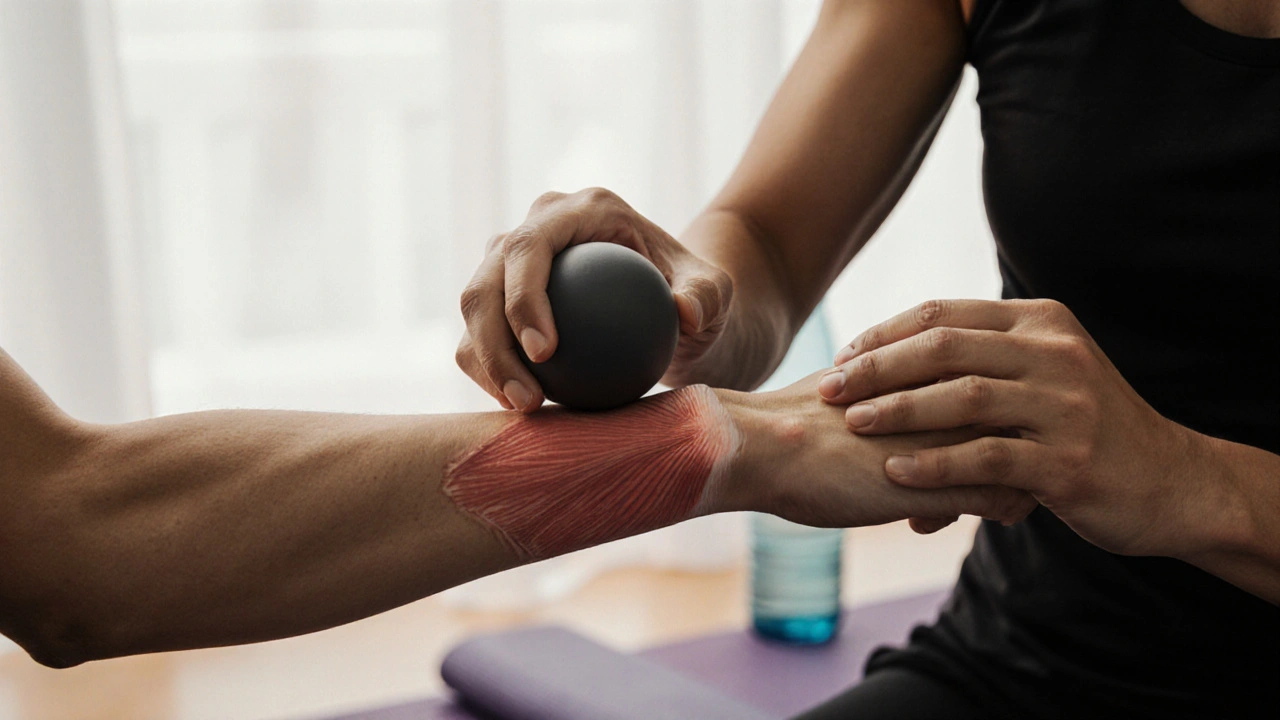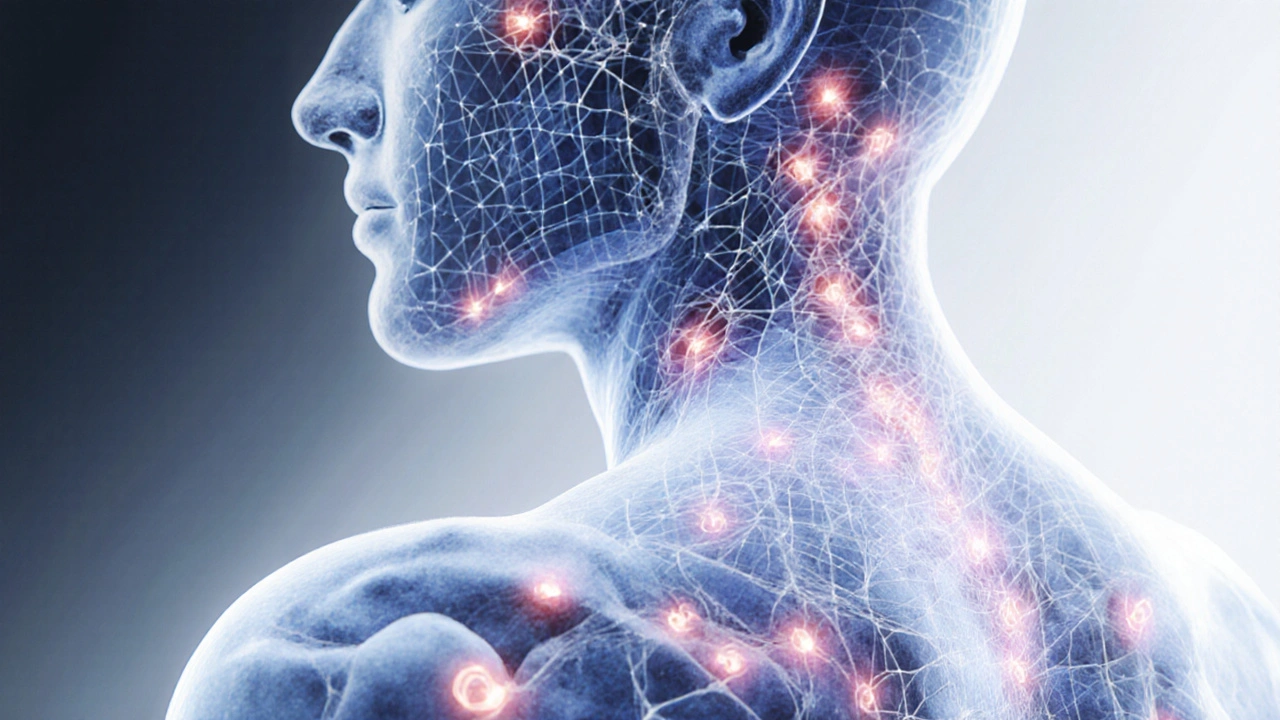Soft Tissue Therapy: What It Is, How It Works, and What You Can Try
When you feel tightness in your shoulders, a knot in your lower back, or just plain worn out from sitting all day, you’re dealing with your soft tissue, the muscles, tendons, ligaments, and fascia that move and support your body. Also known as myofascial therapy, it’s not just about feeling good—it’s about fixing how your body actually moves. Soft tissue therapy isn’t one thing. It’s a whole family of hands-on techniques that target these tissues to reduce pain, improve circulation, and bring back natural movement. You’ve probably felt the effects without even knowing the name: a deep massage after a workout, a therapist pressing into your neck after hours at a desk, or even the way a foam roller releases tension in your legs.
This is where neuromuscular massage, a focused method that targets trigger points and muscle dysfunction comes in. It’s not a gentle rub—it’s precise, intentional pressure that tells your nervous system to relax. Then there’s myofascial release, a technique that unwinds the connective tissue surrounding muscles, which can get stuck from injury, stress, or just bad posture. You’ll find both in the posts below, along with other methods like Thai massage, craniosacral therapy, and even stone therapy—all of which work on soft tissue in different ways. Some use heat, some use rhythm, some use gentle traction. But they all aim for the same thing: helping your body heal itself by releasing what’s holding it back.
What makes soft tissue therapy different from a regular massage? It’s not just about relaxation. It’s about function. If you’re an athlete, it helps you recover faster. If you sit at a computer all day, it fixes the tightness that turns into headaches or back pain. If you’re dealing with chronic stress, it calms your nervous system in ways that meditation alone can’t. And it’s not magic—it’s science-backed, with real results people feel after just one session. The posts here cover everything from high-tech approaches like Rolfing and Hellerwork to ancient practices like Hilot and Maya Abdominal Massage. You’ll find guides on how to choose a therapist, what to expect in a session, and even DIY tips you can try at home. Whether you’re new to this or you’ve been getting regular treatments for years, there’s something here that speaks to your body’s needs.

Boost Your Recovery Process with Cross Fibre Release
Cross fibre release is a targeted therapy to break down scar tissue and adhesions, speeding up muscle recovery. Learn how to use it safely at home for chronic tightness, tendinitis, and old injuries.

Why Myofascial Release Therapy Could Be Your Answer to Chronic Pain
Myofascial release therapy targets tight connective tissue to relieve chronic pain that doesn't respond to traditional treatments. Learn how it works, who benefits, and how to find the right practitioner.

Myofascial Release Therapy: The New Era of Healing
Discover how myofascial release therapy works, its benefits, session expectations, practitioner tips, and at‑home care for lasting pain relief.
Categories
- Health and Wellness (148)
- Alternative Therapies (79)
- Massage Therapy (40)
- Travel and Culture (14)
- Beauty and Skincare (9)
- Holistic Health (8)
- Health and Fitness (5)
- Spirituality (5)
- Other (2)
- Personal Development (2)
Popular Articles



